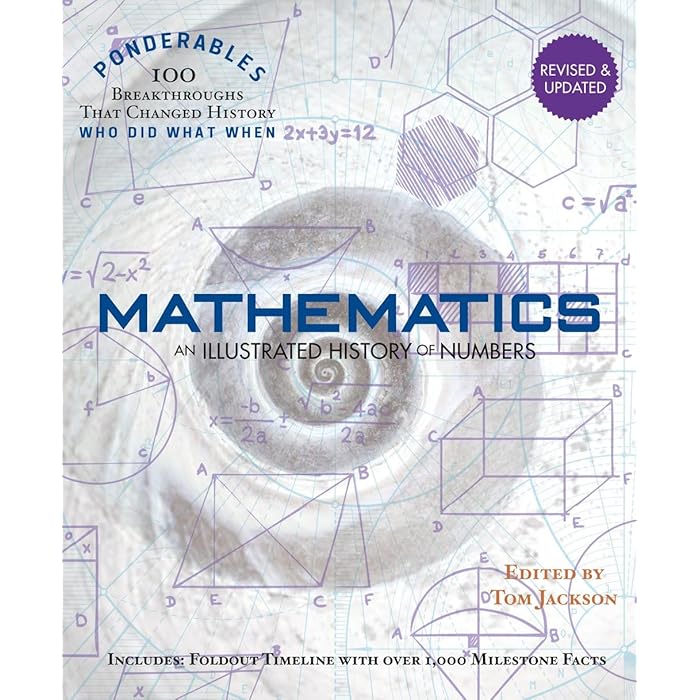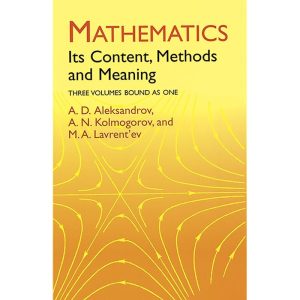Description
**”Mathematics: An Illustrated History of Numbers”** is a fascinating book written by **Richard E. (R.L.) Epstein**. This book provides a comprehensive and visually appealing journey through the evolution of numbers, number systems, and mathematics itself. It blends historical narrative with illustrations, offering a glimpse into the fascinating development of mathematical ideas over the centuries. Here’s a general breakdown of what the book covers:
### 1. **Origins of Numbers**
– The book starts by looking at the origins of counting, showing how early humans represented numbers and the importance of counting in ancient societies. It covers the first known uses of numbers in ancient civilizations, such as the Sumerians, Egyptians, and Babylonians, highlighting their contributions to the development of arithmetic and numerals.
– The **concept of zero**, a key milestone in the history of numbers, is explored, with its roots traced back to ancient India.
### 2. **Numeral Systems**
– The development of various numeral systems around the world is detailed, including the **Egyptian**, **Babylonian**, **Roman**, and **Mayan** systems, among others.
– It also covers the rise of the **Arabic numeral system** (the system we use today), and how it was transmitted to the Western world through the influence of scholars in the Islamic Golden Age.
### 3. **Mathematical Innovations**
– The book delves into key mathematical discoveries such as **algebra**, **geometry**, and **calculus**. These sections explore how different cultures contributed to the advancement of mathematics, such as the Greeks’ geometric methods, the Indians’ innovations in algebra, and the Europeans’ development of calculus.
– The works of **Pythagoras**, **Euclid**, **Archimedes**, **Diophantus**, and **Al-Khwarizmi** are examined in detail.
### 4. **Renaissance and Beyond**
– The book looks at the **Renaissance period**, which brought a resurgence of interest in classical Greek mathematics and laid the groundwork for the Scientific Revolution.
– Innovations such as **Newton’s and Leibniz’s development of calculus**, **Descartes’ Cartesian coordinates**, and the development of **mathematical notation** are explored.
### 5. **Modern Mathematics**
– Finally, the book touches on more recent developments in mathematics, such as **set theory**, **non-Euclidean geometry**, and **mathematical logic**. The contributions of mathematicians like **Gauss**, **Cantor**, **Gödel**, and **Hilbert** are highlighted.
### Key Features:
– **Illustrations**: As the title suggests, the book includes a wealth of illustrations, diagrams, and visual aids that help readers better understand mathematical concepts and historical developments.
– **Historical Context**: The book ties mathematical developments to historical and cultural contexts, making it accessible to readers who may not have a deep background in mathematics.
– **Accessibility**: It’s written in a way that makes it suitable for both general readers and those with an interest in the history of science and mathematics.







Reviews
There are no reviews yet.